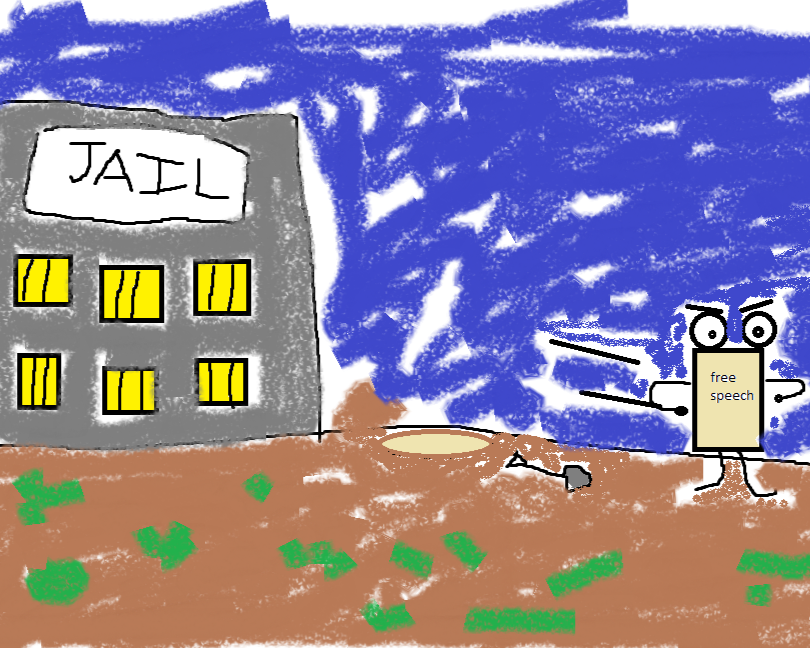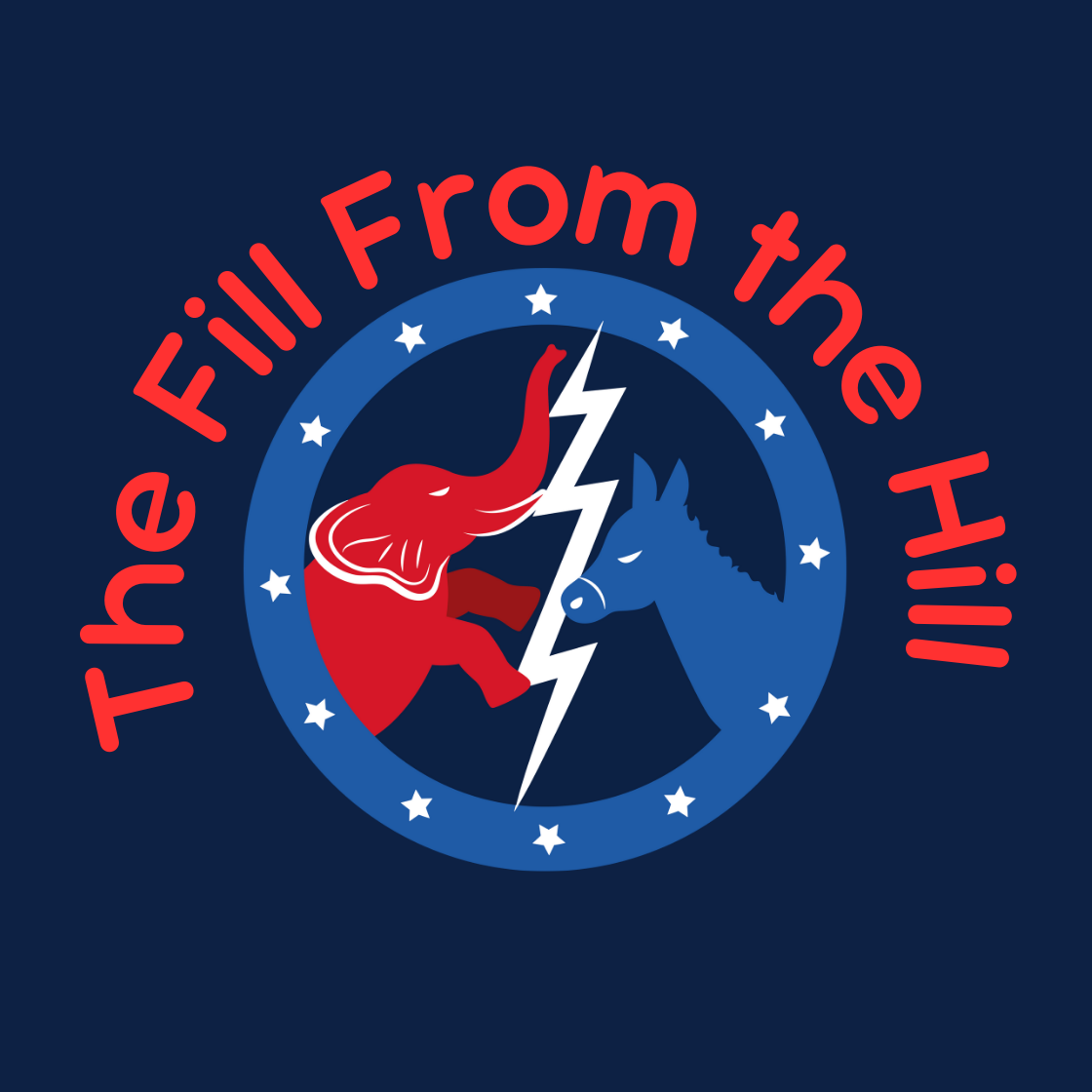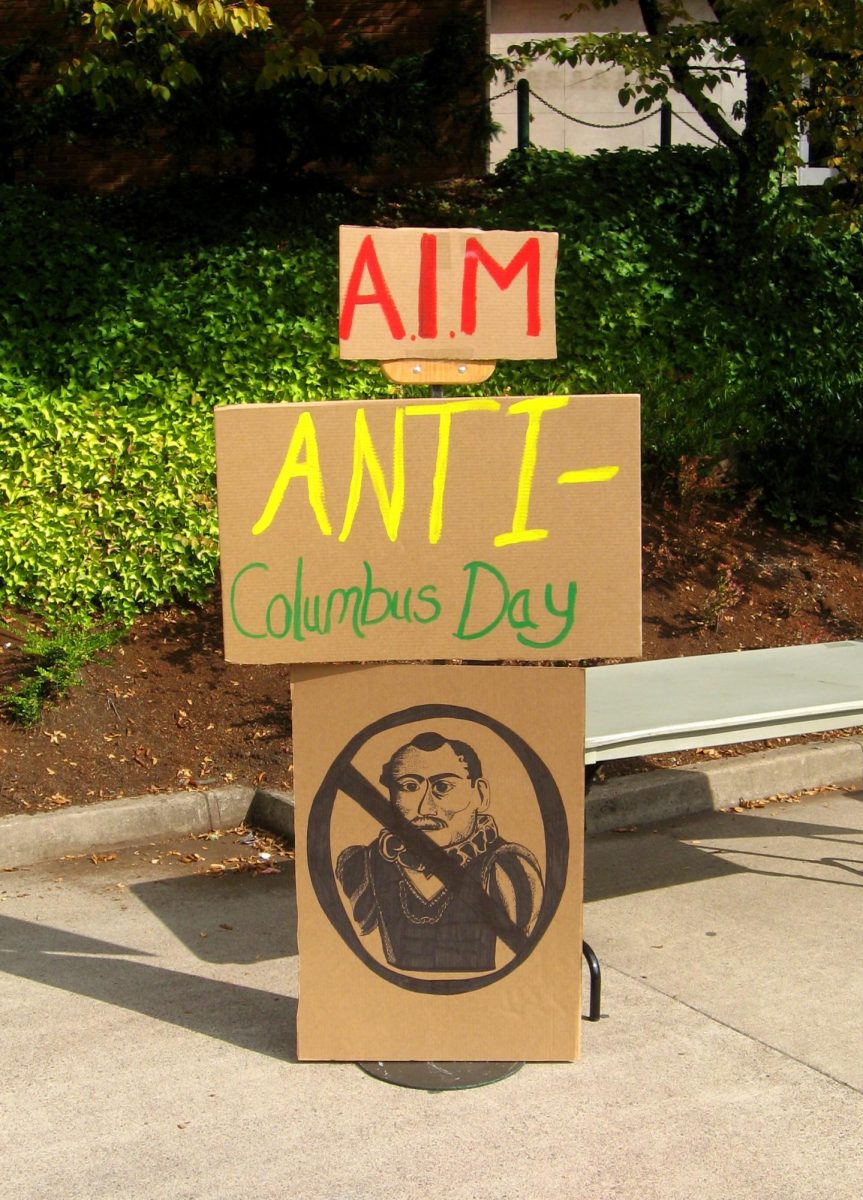Since the ratification of the Constitution in 1791, free speech has been one of the United States’ core principles. American society has seen numerous shifts in what is acceptable to say. Recently, the focus has been redirected to social media, where a dynamic range of opinions and stances can be found, leading to questions of whether social media companies are responsible for what gets posted to their platforms. This has also called into question whether or not moderating harmful content and disinformation can be considered censorship.
President Donald Trump signed a slew of executive orders during his first days in office, with one that would remove restrictions on American citizens’ free speech online. The executive order prevents the federal government from interfering with comments made on social media platforms “under the guise of combating ‘misinformation,’ ‘disinformation,’ and ‘malinformation,’” according to the order’s text.
This could come with some benefits, but there is potential for it to be abused. History major Dezmen Nalmloff thinks that although social media companies shouldn’t be held accountable for what users post, he also thinks that online discourse may go unchecked.
“I believe it’ll make it easier for people to call out people on things because now they can say whatever they want and especially the fact they won’t face punishment for it,” Nalmloff said. “The other side will be able to depict it in a way that makes them seem like they’re very powerful even if they might not be.”
One potential upside to this executive order is that because speech would not be broadly restricted, stances and information critical to the current administration would not be so easily shut down or silenced. Look to the Pentagon Papers — in 1971, the New York Times published a series of articles during the Johnson administration that exposed the extent of U.S. involvement in Vietnam.
It also revealed that President Lyndon B. Johnson had lied to Congress and the public about the war effort. In the 1971 landmark Supreme Court case New York Times Co. v. The United States, the court ruled in favor of the paper to publish classified documents without government censorship.
With social media being so prominent in our daily lives, it’s not a surprise that a lot of news is broken there first. Following the logic of this executive order, an effort by the Trump administration to shut down dissenting or critical news stories would be antithetical to their own guidelines. This isn’t a Burger King; you can’t have it your way.
On the other hand, the executive order counts misinformation and disinformation as freedom of speech that can be protected. A side effect of this is that more hate speech may be expressed more openly without fear of repercussions or consequences.
Consequences and the ramifications of what you put out there are so rarely ever talked about. Too often, online and in-person, people have used the justification of free speech to excuse or justify saying awful things. While they may be right in the sense that it is “free speech,” it doesn’t take away from the fact that people can still be held responsible. It may sound corny, but the age-old adage of “thinking before you speak” goes a long way.
We need to hold people accountable, especially those that target society’s most vulnerable or spread misinformation and disinformation under the guise of freedom. The court of public opinion still exists despite what the government says.
No matter what side of the political spectrum an administration is, censorship is not an option. It’s always a lot harder to try to understand or think critically about things that challenge your worldview and beliefs. That being said, it’s tricky to add context or explain the nuance of a subject when so much info is being put out there. The best thing you can do is think critically of any information you’re given.
Try to think about what is being said and the motives behind the words. If we censor, we lose so much as a society and start to build a singular narrative that may not carry the full context or reality of a situation.
This article was first published in the January 29 print edition of the University Times.











